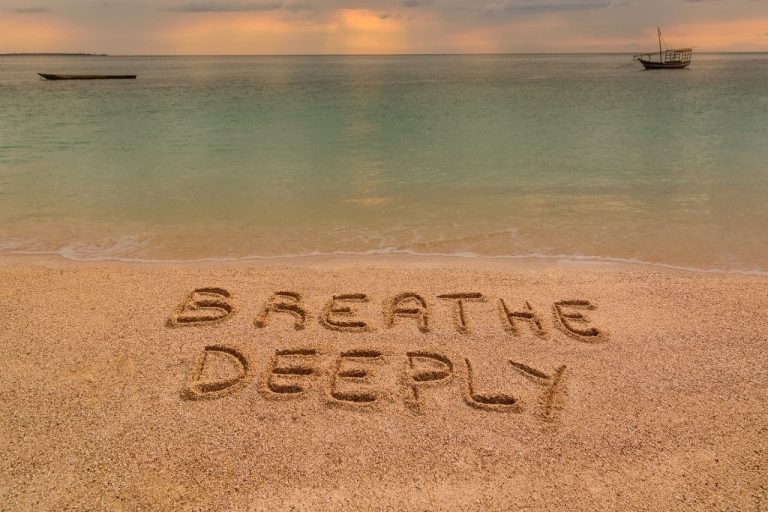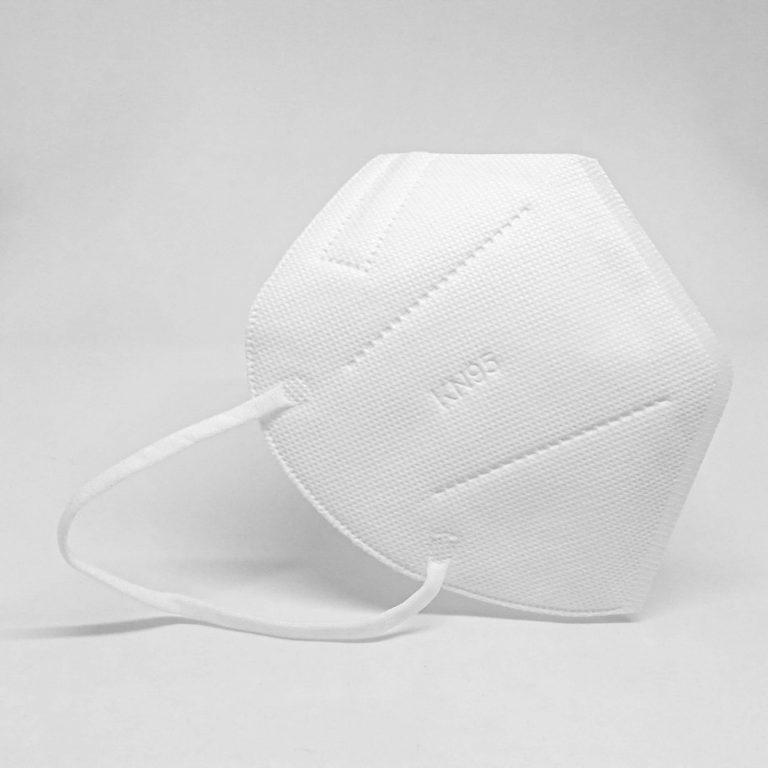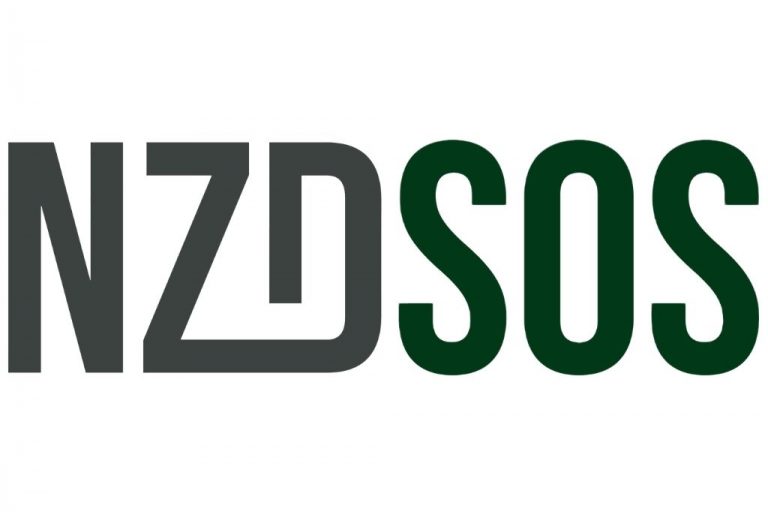Masks, ‘Experts’ and Flip Flops

More masking needed…?
You will have noticed an increased emphasis on mask-wearing from government officials recently. This has been bolstered by mainstream media articles who quote local ‘experts’ to support the narrative. On the 1st of August 2022 Radio New Zealand published an article titled ‘Habitual mask-wearing is likely helping Japan, Singapore and South Korea bring daily Omicron deaths down, epidemiologists say.’
The local ‘expert’ quoted is Dr Michael Baker, University of Otago public health professor and epidemiologist. He commented that Asian countries like Japan, South Korea and Singapore have a widespread acceptance of masks. They are keeping their mortality low despite having lots of circulating virus. He praised Singapore in particular for keeping both case numbers and deaths low.
Let’s take a look at what has happened in these countries. The following graphs combine daily cases, mask wearing rates and use of other methods to reduce COVID-19 transmission. They are taken from the work of Ian Miller, author of a book on masks which can be found here. You can check the daily case rates for yourself here.



These graphs show that despite 95% mask wearing, Singapore cases rose from September 2021 while in Japan and South Korea large increases occurred in 2022.
What about COVID-19 deaths in these countries? The following graph shows weekly COVID-19 deaths per million people for Japan, South Korea and Singapore.

This graph shows large increases in COVID-19 deaths from September 2021 for Singapore and from the beginning of 2022 for Japan and South Korea despite on-going mask wearing by over 95% of the population. The recent rise in deaths in August 2022 has occurred despite over 75% in each country being boosted by the beginning of August. There is no evidence to support Dr Baker’s advice that mask wearing has kept infections or deaths low in these countries.
So what is the reason behind the recent push to increase mask wearing?
The Radio NZ article said that the World Health Organisation (WHO) had urged countries to encourage mask wearing. That would be the same WHO who recently declared a pandemic of Monkeypox despite there being only 5 deaths in the whole world from Monkeypox at the time.
The Ministry of Health has dutifully complied with the WHO directive encouraging us with diagrams to explain that two masks are better than one. They mean people talking to each other should each wear a mask. Is this really the case? This short video gives some enlightening information about the recent mask advice from the Ministry and Dr Baker.
Flip Flop Experts
Prior to April 2020 masks were not recommended for the general population to prevent the spread of viruses. On 26 February the Centre for Disease Control (CDC) reviewed all the studies published to that date provided advice for personal protection in case of a pandemic. Masks were not mentioned. Here is a video of Dr Baker taken on 29 February advising that masks would not be helpful to prevent the spread of COVID-19. In April the WHO advised masks were not necessary but reversed that opinion in June 2020. Soon after this the NZ Ministry of Health and Dr Baker fell into line. Was there any new evidence that drove this change? None at all, just a change in the narrative.
In February 2021 the CDC and Dr Fauci even advised Americans that each person should wear two masks at once. Then on January 2, 2022 Americans were advised that cloth masks actually don’t help at all. In NZ a face covering is still defined as any piece of fabric as long as it covers your mouth or nose. I guess they never got the memo…
Confused yet?

Masks: Who are the real experts?
The WHO, Dr Baker, and our public health ‘experts’ tell us that masks are a successful way to control a tiny virus that spreads through the air. One look at the data from mask-loving Japan, South Korea and Singapore tells us that it’s not working out as advertised.
It turns out that the most qualified people to talk about protection from airborne viruses and pollutants are qualified health and safety experts who work in industry. These are the people who deal with environmental hazards like asbestos.
Asbestos is a naturally occurring mineral composed of flexible fibers that are resistant to heat, electricity and corrosion. These qualities make the mineral useful. However, asbestos exposure is highly toxic.
Asbestos was widely used in construction as an effective insulator, and it can be added to cloth, paper, cement, plastic and other materials to make them stronger. When asbestos dust is inhaled or ingested, the fibers can become permanently trapped in the body. Over decades, trapped asbestos fibers can cause inflammation, scarring and eventually genetic damage.
Exposure to asbestos can cause cancer and other health conditions. A rare and aggressive cancer called mesothelioma is almost exclusively caused by asbestos exposure. Asbestos also causes a progressive lung disease called asbestosis.
In this video (thanks to Coronavirus Plushie), an American certified industry safety expert, Dr Stephen Petty, explains that asbestos fibres are 50 times larger than COVID-19 virus particles.
So what protection do workers who remove friable asbestos need to wear? A cloth mask or a surgical mask? How about an N-95? Worksafe NZ says they need to wear at least a full face-piece particulate filter (cartridge) powered respirator which looks similar to the image below. Note that the eyes are covered because asbestos, just like viruses, can enter the body through the surface of our eyes.

OK, so thankfully you are not trying to protect yourself from asbestos. But you are told you need to protect yourself from a virus that has caused a world wide pandemic, with millions of deaths, for which we have shut down our economy and spent 87 billion dollars defending ourselves. The COVID-19 virus particle is 50 times smaller than an asbestos fibre and yet we are told a simple mask will protect us.
Try this experiment for yourself. Put on your cloth or ear loop mask. Now see if you can fit a single strand of hair anywhere underneath your mask. The diameter of a human hair is 1000 times larger than a COVID-19 virus particle. Those gaps above, and to the sides of your mask are like a 1000 lane highway for a virus.
Masks do not work because it is impossible to seal them 100% to the air.
Here are some other interesting things you will learn about masks from Dr Petty.
Laboratory tests of N95 masks are usually done with the masks glued to a board. Once there is a small gap their effectiveness falls to 3% for particles 10 times larger than COVID-19. In the same study cloth surgical masks glued to the board stopped 13% and cloth masks stopped 10% of particles 10 times larger than COVID-19. So the effectiveness of a perfectly sealed surgical or cloth mask for COVID-19 will be well below this, maybe 1 to 2%.

Proper use of N95 masks requires formal ‘fit-testing’, medical clearance and proper training on how to put on and remove a mask. 99.9% of COVID-19 virus particles are aerosols which can hang suspended in the air inside for weeks – they take between 46 and 59 days to fall to the ground.
So what about the advice we are ‘allowed’ to unmask in a cafe to eat or drink our coffee? Or what about keep a 2 metre distance from people? Where is the ‘science’ behind that? The solution is not masks (which collect fungi and bacteria in front of your nose and mouth), the solution is proper ventilation and filtration systems in buildings to dilute and remove not just bacteria and fungi but also viruses from the air.
A common view is that masks might help prevent some viral transmission so it is better than doing nothing. There is no data that shows that exposure to 1% or 2% fewer viral particles has any beneficial effect. Meanwhile there is plenty of real world data that shows they are simply not effective.
It’s OK, isn’t it, because wearing a mask makes people feel safer and makes them feel good because they are doing something to help themselves and others?
Yeah, nah.
Do you think there might be some sort of ethical issues about telling people to do something that is not effective that make this a bit iffy? Not to mention the fact that we could be told of simple measures that DO reduce our chance of severe COVID-19 disease, like vitamin D for example. Not to mention the cost of masks to the tax payer and their environmental impact.

Do masks cause problems?
An extensive review of unwanted side effects of mask wearing was completed in 2021.
Prolonged wearing of masks is associated with a fall in oxygen levels and a rise in carbon dioxide levels. This causes an increase in heart rate and makes people breathe faster. These changes are particularly problematic in children and in people with any kind of respiratory disease. Masks also increase the effort required to breathe which means many people breathe through their mouth while wearing a mask. The nose is designed to warm and filter the air we breathe so these advantages are lost for mouth breathers. Headache and a lack of concentration are common complaints.
Masks quickly become moist and laden with bacteria and fungi which can cause infection on the face and in the mouth. Touching our damp masks means we can transfer those bacteria to our eyes causing infections, to other people or onto surfaces which will be touched by others. Allergic skin and nose reactions can occur due to polypropylene fibres from surgical masks getting onto or into our body.
The following diagram summarises the common symptoms associated with mask wearing.

Masks make it harder to communicate as speech can be muffled and we lose non-verbal communication information. This is extremely challenging for people who have a hearing impairment and rely on their lip reading skills. A study has found that children born during the pandemic have significantly reduced verbal, motor, and overall cognitive performance compared to children born pre-pandemic. Mask use is thought be a significant contributor to this.
On February 8 2022 the CDC adjusted its long standing child development criteria by pushing back the age at which certain milestones for speech and language should be reached by the age of 6 months.
Why Are They Doing This?
The lack of evidence of benefit of masks has lead many to look for other reasons why masks have been mandated with such enthusiasm. The WHO’s June 2020 flip flop on masks, for example, lists the advantages of the use of masks by healthy people in public to include a potentially reduced stigmatization of mask wearers, a sense of contribution to preventing the spread of the virus and a reminder to comply with other measures. In the United Kingdom the government employed psychologists working as part of the ‘Behavioural Insights Team’ (BIT). Their aim was to shape behaviours in line with the Government’s public health approach to coronavirus – the so called ‘nudge’ approach.
Others have highlighted that the social and psychological consequences of hiding our faces from other people are far reaching and damaging. Humans are social animals. We need to interact with others and communicate to sustain our wellbeing. The reactions of the people we meet provide continuous feedback about ourselves and the impact we are having on our fellow citizens.
Masks are a major impediment to all these human requirements and, as such, they are dehumanising. Masks stoke fear and isolate us from each other.
The Radio New Zealand article on masks we looked at earlier ended with the following comment from an overseas ‘expert’.
“At the end of the day, it’s a piece of fabric that you put over your nose and your mouth to act as a bit of a barrier to help us reduce your likelihood of being exposed to the virus or exposing other people to the virus. That’s all it is.”
What do you think about that Radio New Zealand article on mask now? Are they just a piece of fabric that you put over your nose and mouth?
For further information, please refer to our other articles about masks
1. Face Masks and Covid-19: The Foegen Effect
2. No Michael Baker, masks don’t stop the spread of C-19 or any other respiratory virus
3. Masks – It Is Time to Stop This Misery
4. The Science of Masks






5 Comments
Comments are closed.